
TRAPPIST1 worlds are close enough for life to hop between them New Scientist
TRAPPIST-1g is the largest of the planets, with a radius 1.154 times that of Earth. The results, so far, indicate that it is unlikely to have a deep primordial hydrogen atmosphere. Larger gas.
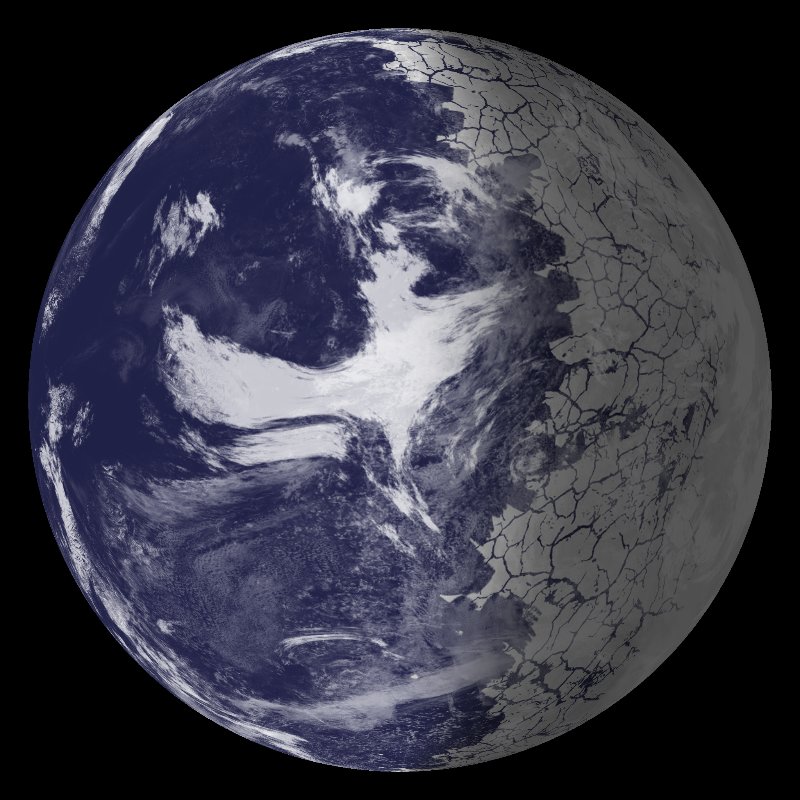
TRAPPIST 1e Dataset Science On a Sphere
TRAPPIST-1 is a cool red dwarf star [b] with seven known exoplanets. It lies in the constellation Aquarius 40.66 light-years away from Earth, and has a surface temperature of about 2,566 kelvins (2,290 degrees Celsius; 4,160 degrees Fahrenheit ). Its radius is slightly larger than Jupiter and it has a mass of about 9% of the Sun.
TRAPPIST1e, one of the most potentially habitable discovered, will be one of the
We calculated the transmission spectrum by fitting the transit depth of TRAPPIST-1b and TRAPPIST-1c simultaneously in each spectroscopic light curve. We divided the spectral range between 1.15 μm.

TRAPPIST1 System Ideal for Life? Astrobiology, Astronomy
TRAPPIST-1 b, which is slightly larger then Earth, takes just 1.5 days to orbit its sun, and travels so close to its star that it is locked so one side is in permanent daytime. In terms of radiation, it is analogous to a rocky world sitting between Mercury and Venus, and receives four times the amount of heat from its sun than Earth.
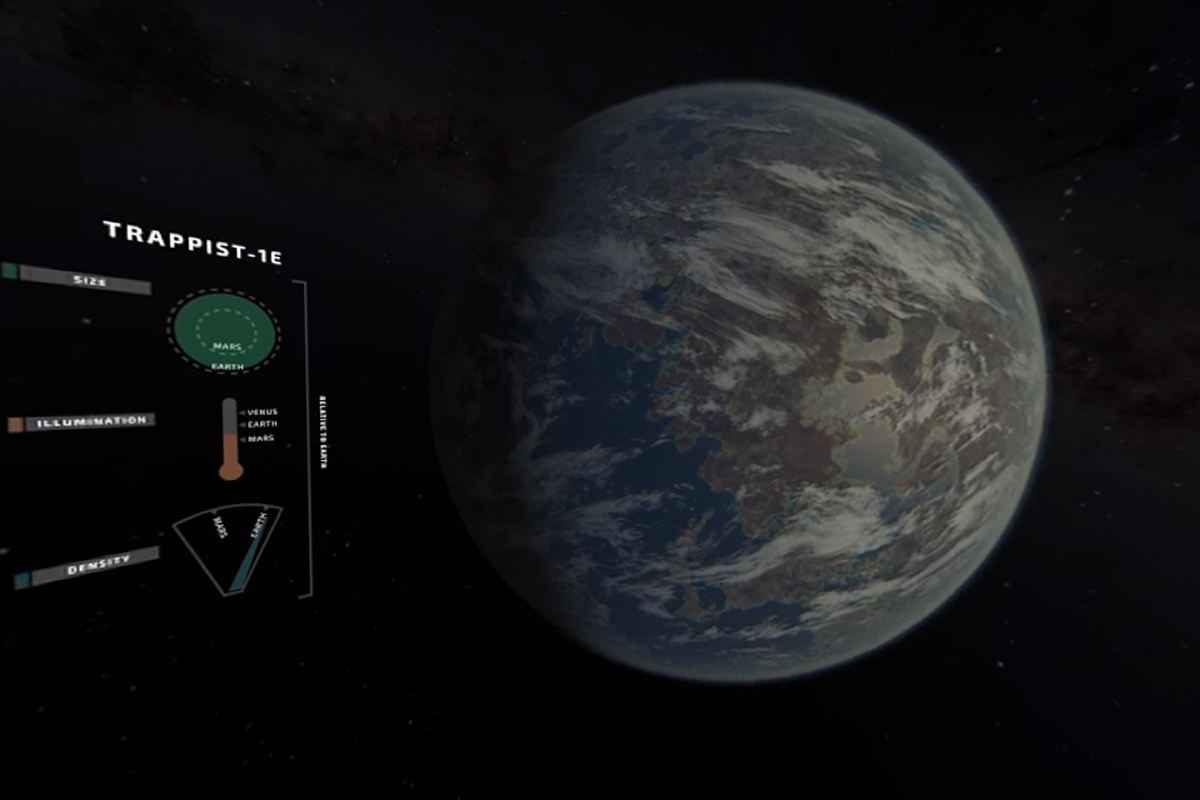
NASA celebrates Spitzer's 15th anniversary with VR experience and selfie app
Some 40 light-years from Earth, a planet called TRAPPIST-1e offers a heart-stopping view: brilliant objects in a red sky, looming like larger and smaller versions of our own moon. But these are no moons. They are other Earth-sized planets in a spectacular planetary system outside our own.

TRAPPIST1e Has A Dense Metal Core, A Fundamental Necessity For Life To Evolve
TRAPPIST-1e, also known as 2MASS J23062928-0502285 e, is a rocky, almost earth-size exoplanet orbiting within the habitable zone around the ultracool dwarf star TRAPPIST-1 about 40 light-years (12 parsecs) away from Earth in the constellation of Aquarius.
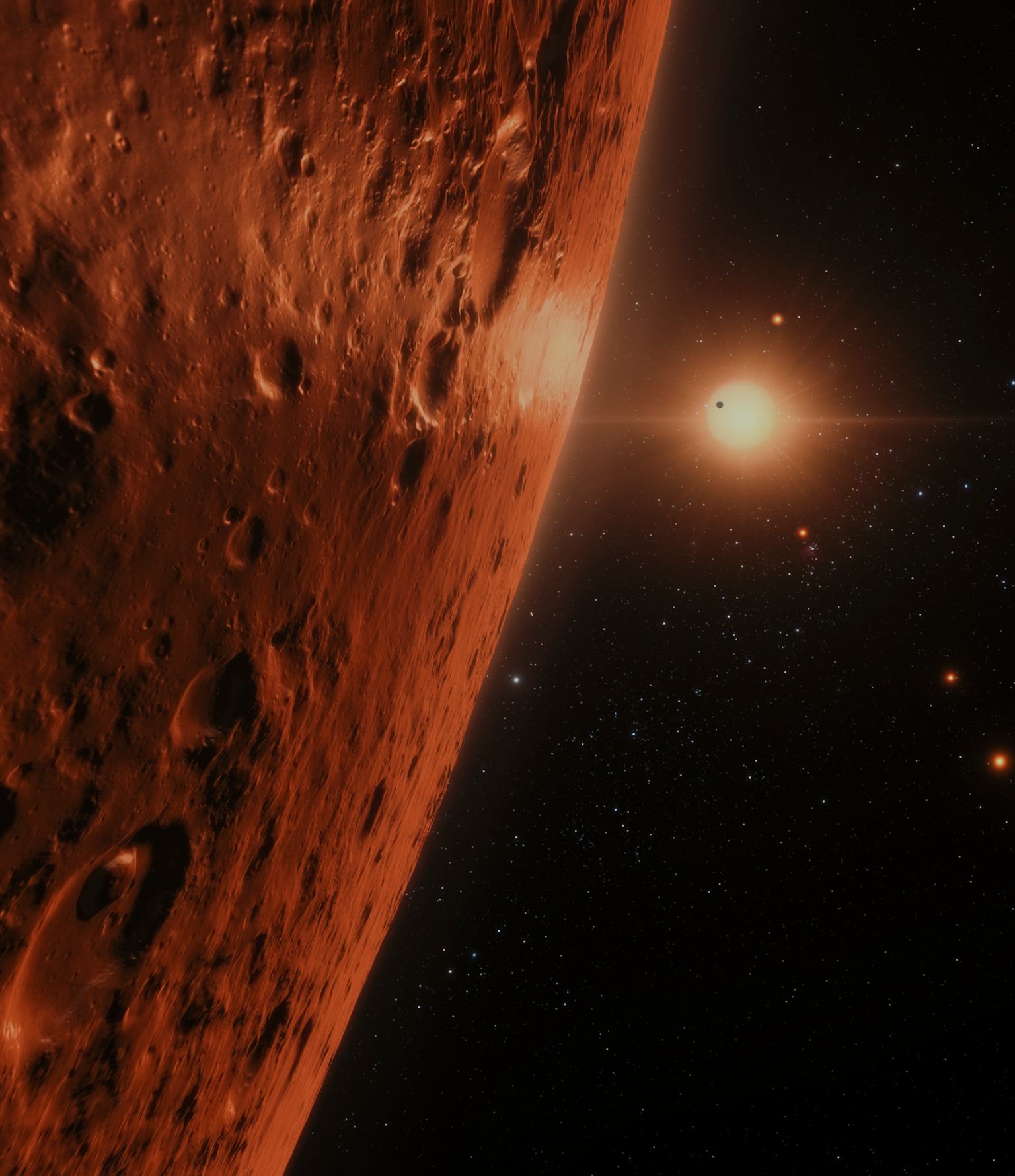
TRAPPIST1 Discovery Gives Research a Giant Leap Forward
From Wikipedia, the free encyclopedia TRAPPIST-1e, also designated as 2MASS J23062928-0502285 e, is a , close-to-Earth-sized orbiting within the ultracool dwarf, located 40.7 light-years parsecs; 385; 239 trillion ) away from Earth in the constellation of Aquarius.

TRAPPIST1e
TRAPPIST-1 is named for the Transiting Planets and Planetesimals Small Telescope (TRAPPIST) in Chile, which discovered two of the seven TRAPPIST planets we know of today -- announced in February 2016. NASA's Spitzer Space Telescope, in collaboration with ground-based telescopes, confirmed these planets and uncovered the other five in the system.
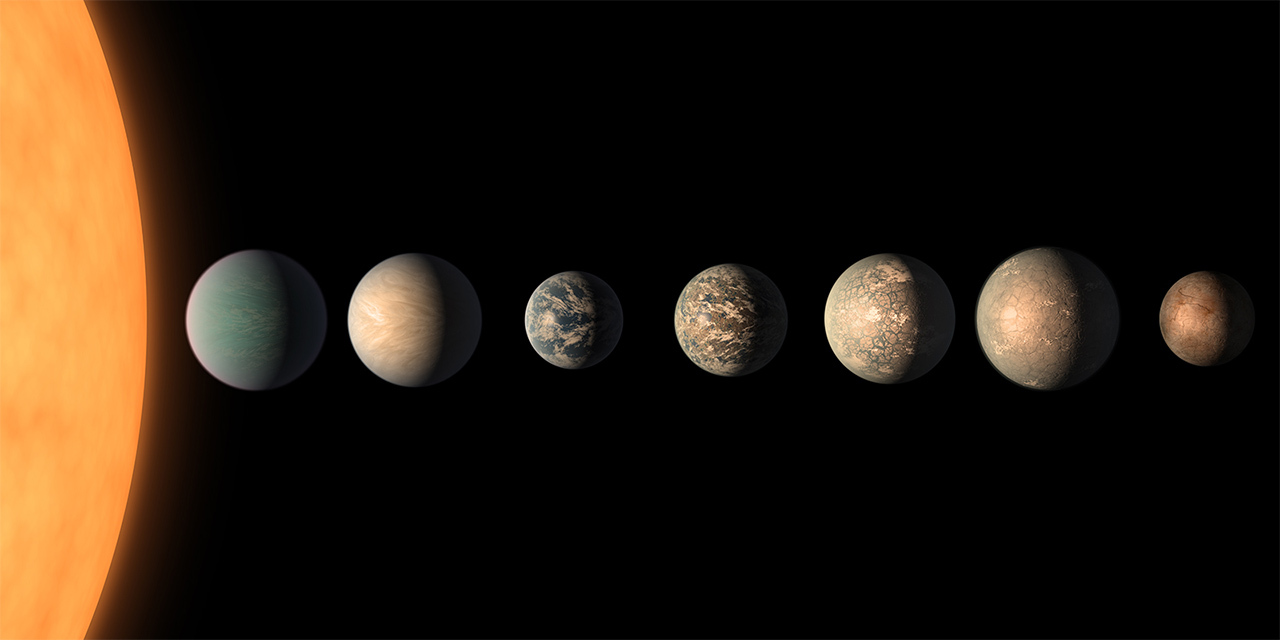
Two telescopes reveal new clues to TRAPPIST1 compositions, atmospheres
TRAPPIST-1 e 0.082 R Jup. TRAPPIST-1 f 0.093 R Jup. TRAPPIST-1 g 0.101 R Jup. TRAPPIST-1 h 0.067 R Jup. Overview Notes System Parameters Nearby Data Legend Expand All. Architecture TRAPPIST-1 TRAPPIST-1 TRAPPIST-1 b TRAPPIST-1 c TRAPPIST-1 d TRAPPIST-1 e TRAPPIST-1 f TRAPPIST-1 g TRAPPIST-1 h. Other Data
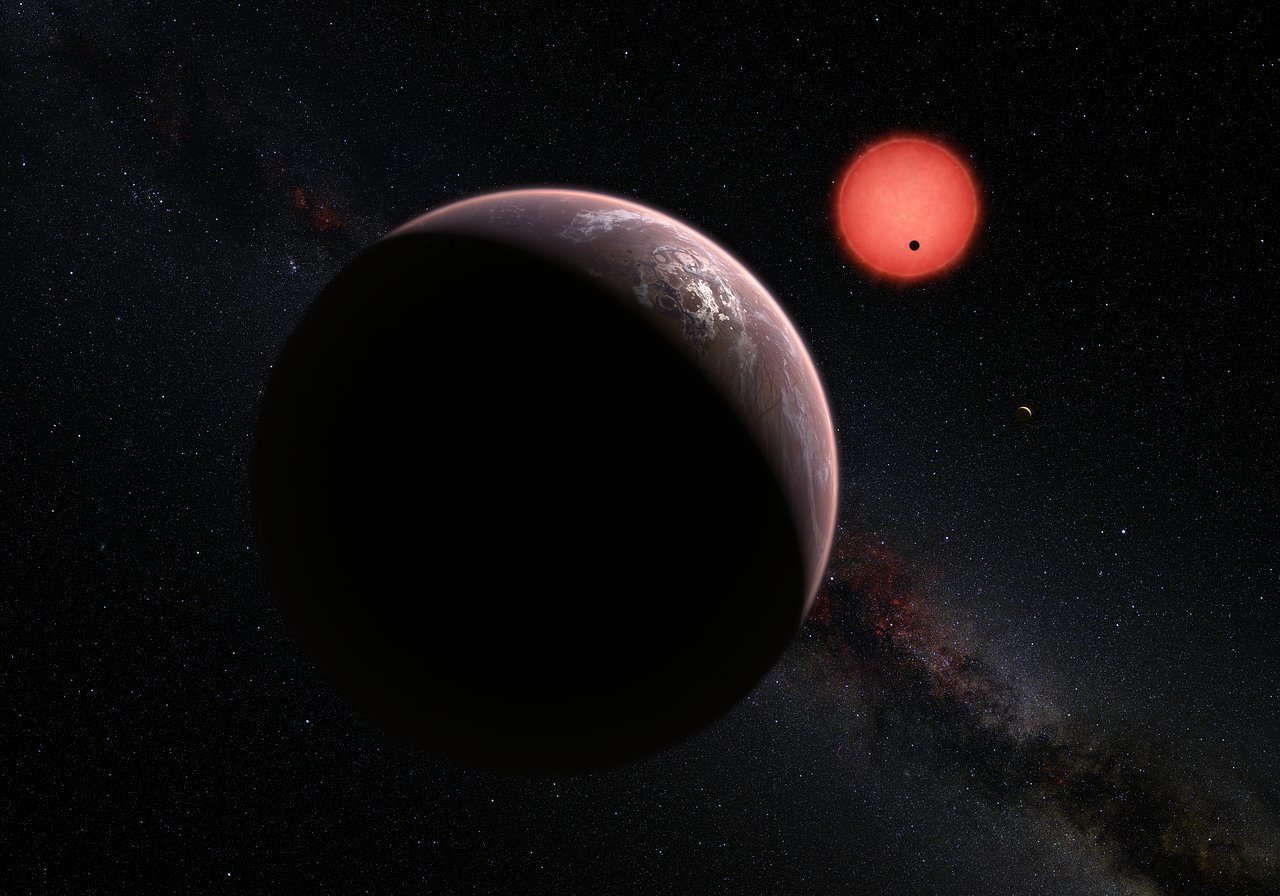
10 Things All About TRAPPIST1 Exploration Beyond our Solar System
By Keith Cooper last updated 4 October 2023 The seven worlds of TRAPPIST-1 are the most intriguing exoplanetary system discovered so far. What are these planets like, and could they support life?.
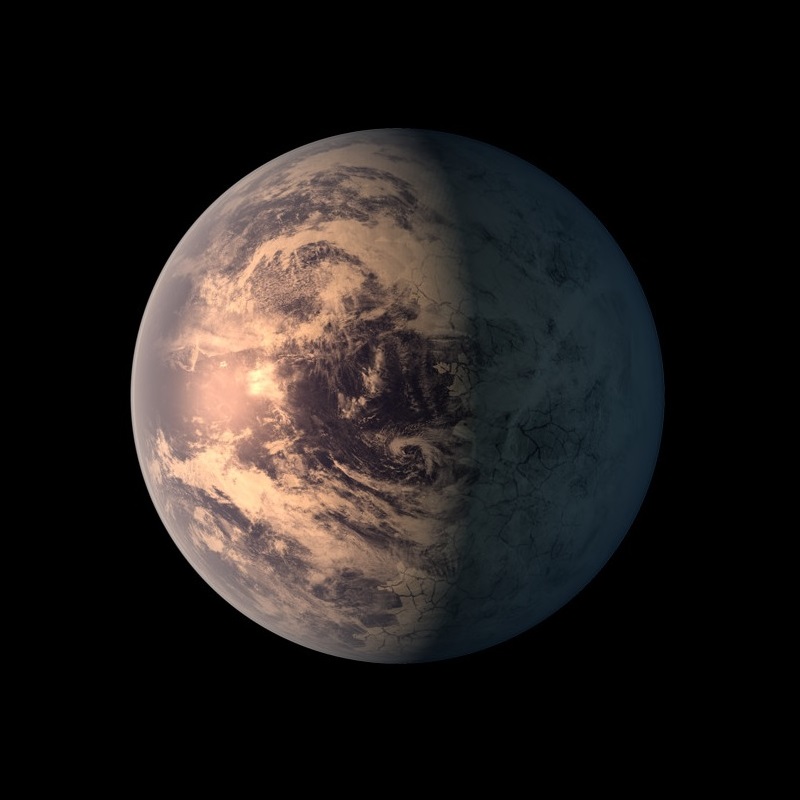
TRAPPIST1e Earth Blog
This artist's concept shows what the hot rocky exoplanet TRAPPIST-1 c could look like based on this work. TRAPPIST-1 c, the second of seven known planets in the TRAPPIST-1 system, orbits its star at a distance of 0.016 AU (about 1.5 million miles), completing one circuit in just 2.42 Earth-days. TRAPPIST-1 c is slightly larger than Earth, but.
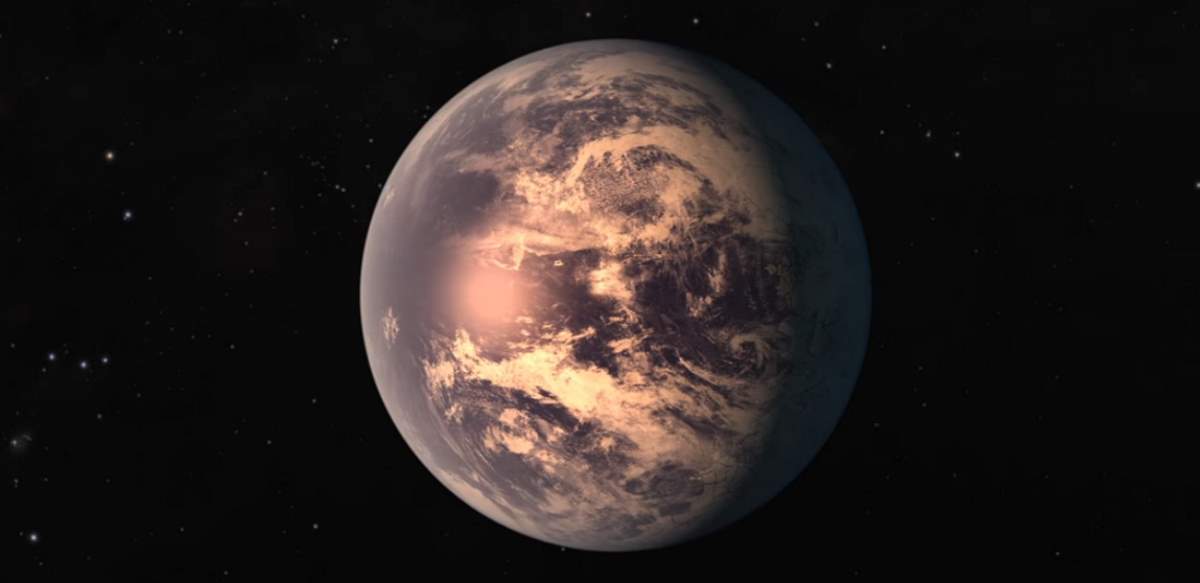
TRAPPIST1e has an Iron Core Our
The TRAPPIST-1 system has an age of 7.6 ± 2.2 Gyr (ref. 6) and consists of a very cool ( Teff = 2,566 K), low-mass star (0.09 solar masses) and seven transiting planets that are 0.75-1.10 Earth.
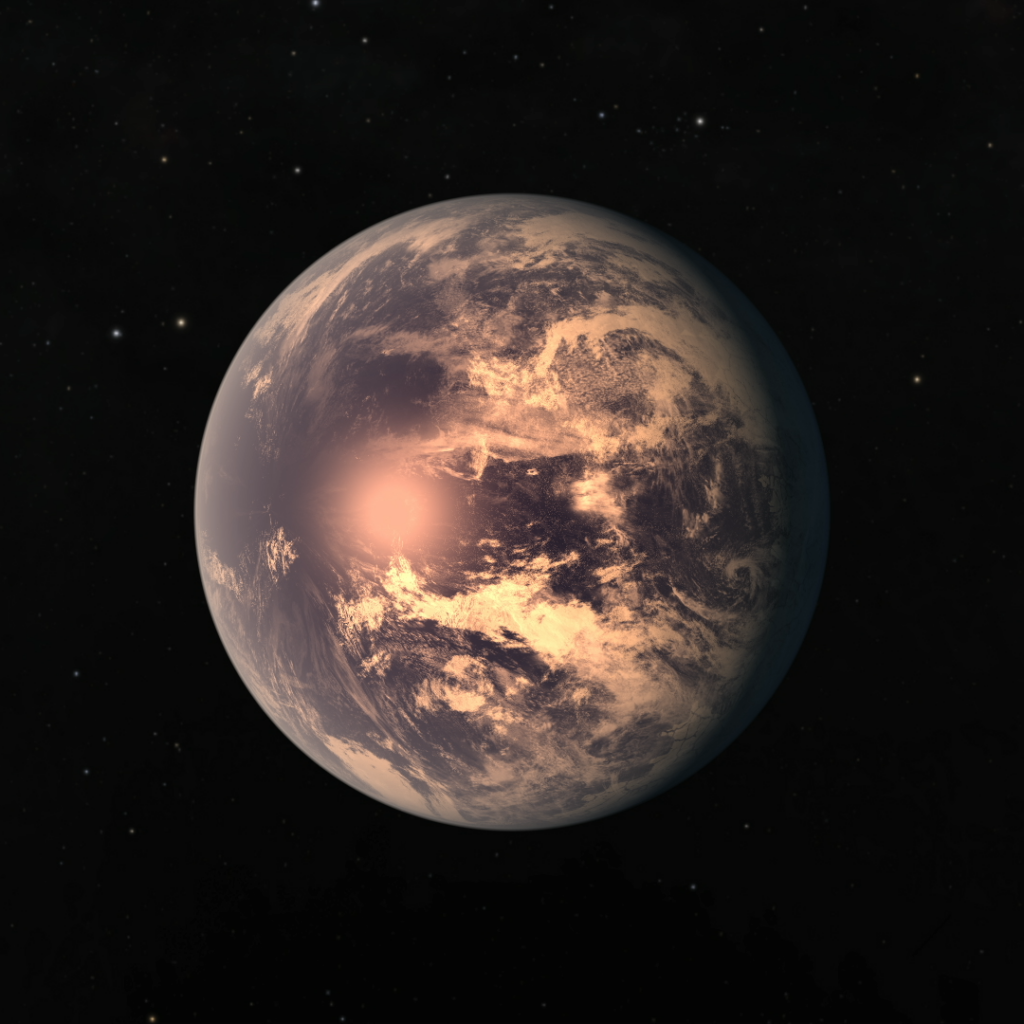
Earthlike platets of TRAPPIST1 system
In a press release on February 22, 2017, NASA announced the discovery of the most Earth-sized planets found in the habitable zone of a single star, called TRAPPIST-1. This system of seven rocky worlds-all of them with the potential for water on their surface - is an exciting discovery in the search for life on other worlds.
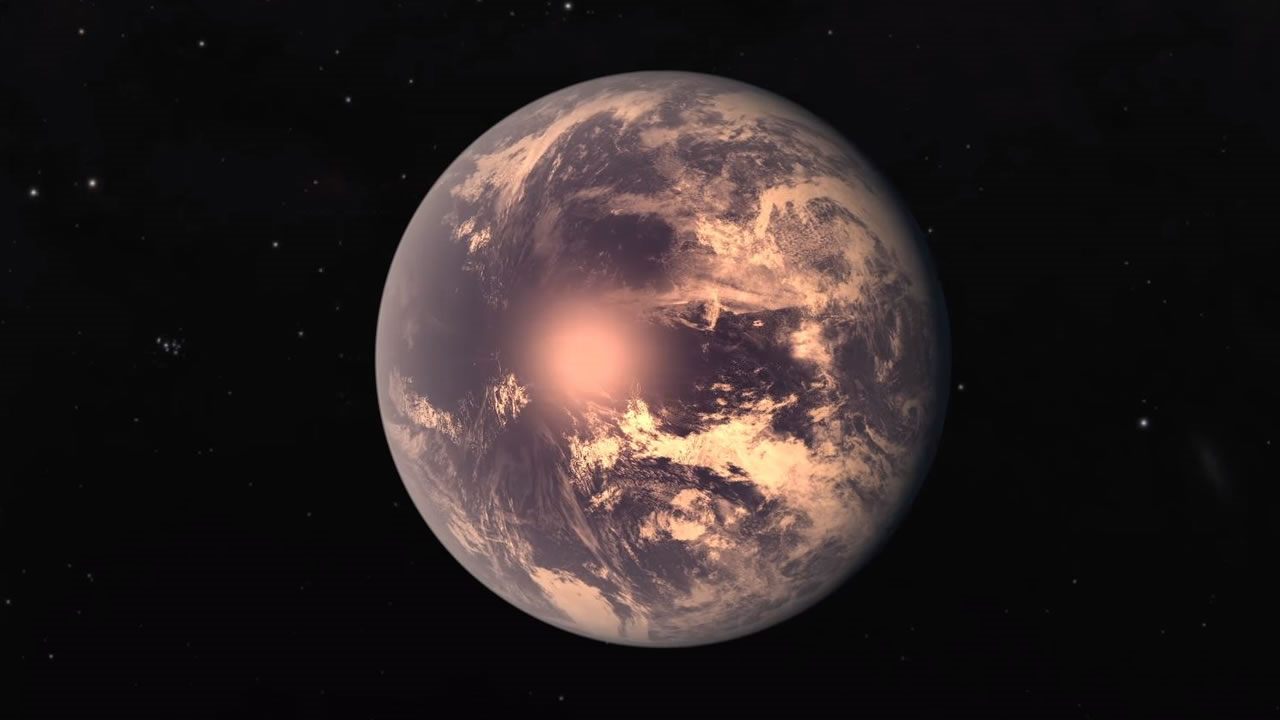
TRAPPIST1e posee un núcleo de hierro y es muy probable que sea habitable CODIGO OCULTO
New research indicates that its sister planet, Trappist-1e, may have a habitable atmosphere. NASA. In 2017, the NASA Spitzer Space Telescope discovered that TRAPPIST-1 had not three, but seven.
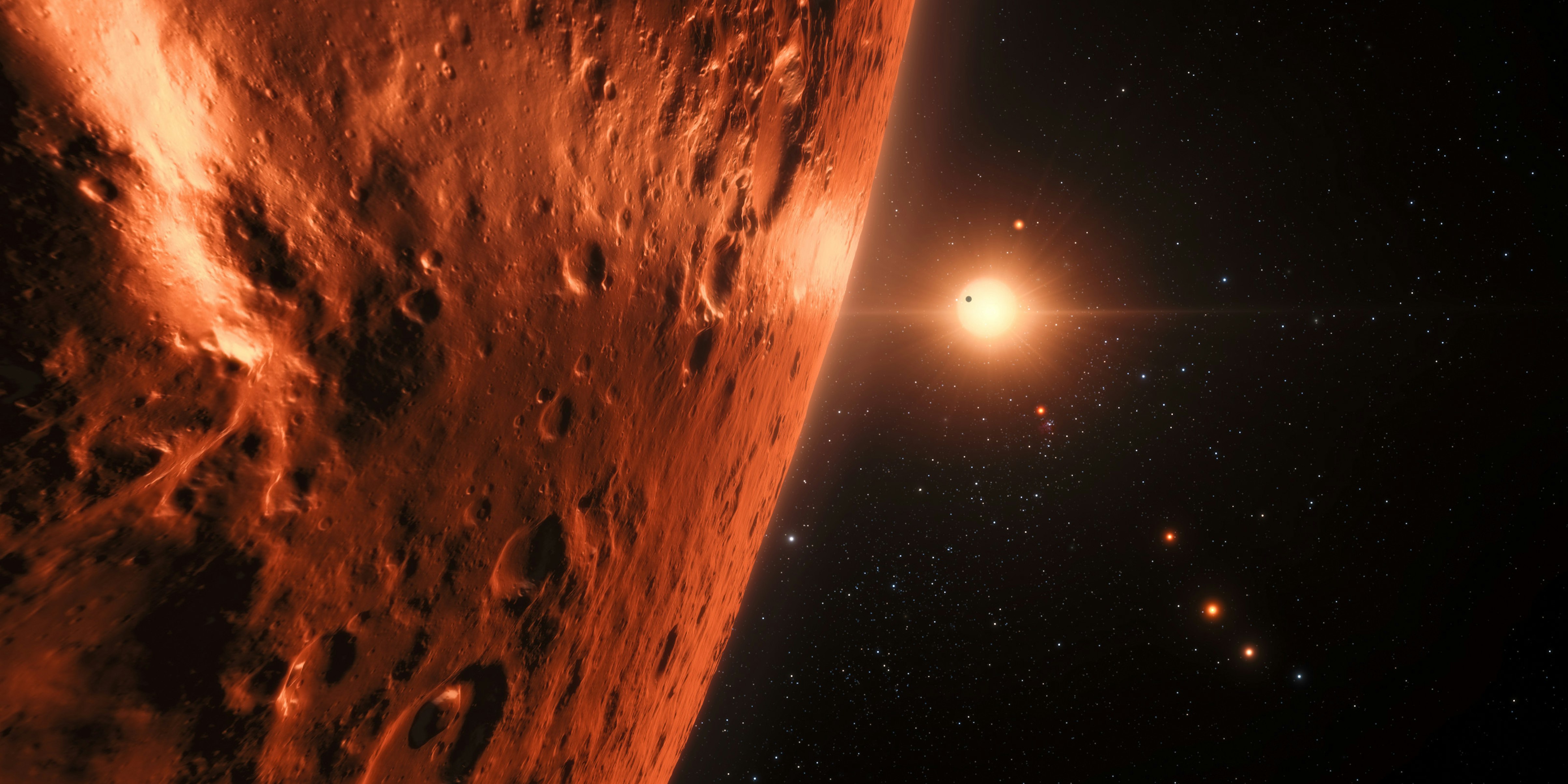
TRAPPIST1
Investigating TRAPPIST-1 e atmospheric scenarios | Nature Astronomy Research Highlight Published: 02 June 2021 EXOPLANETS Investigating TRAPPIST-1 e atmospheric scenarios Luca Maltagliati.
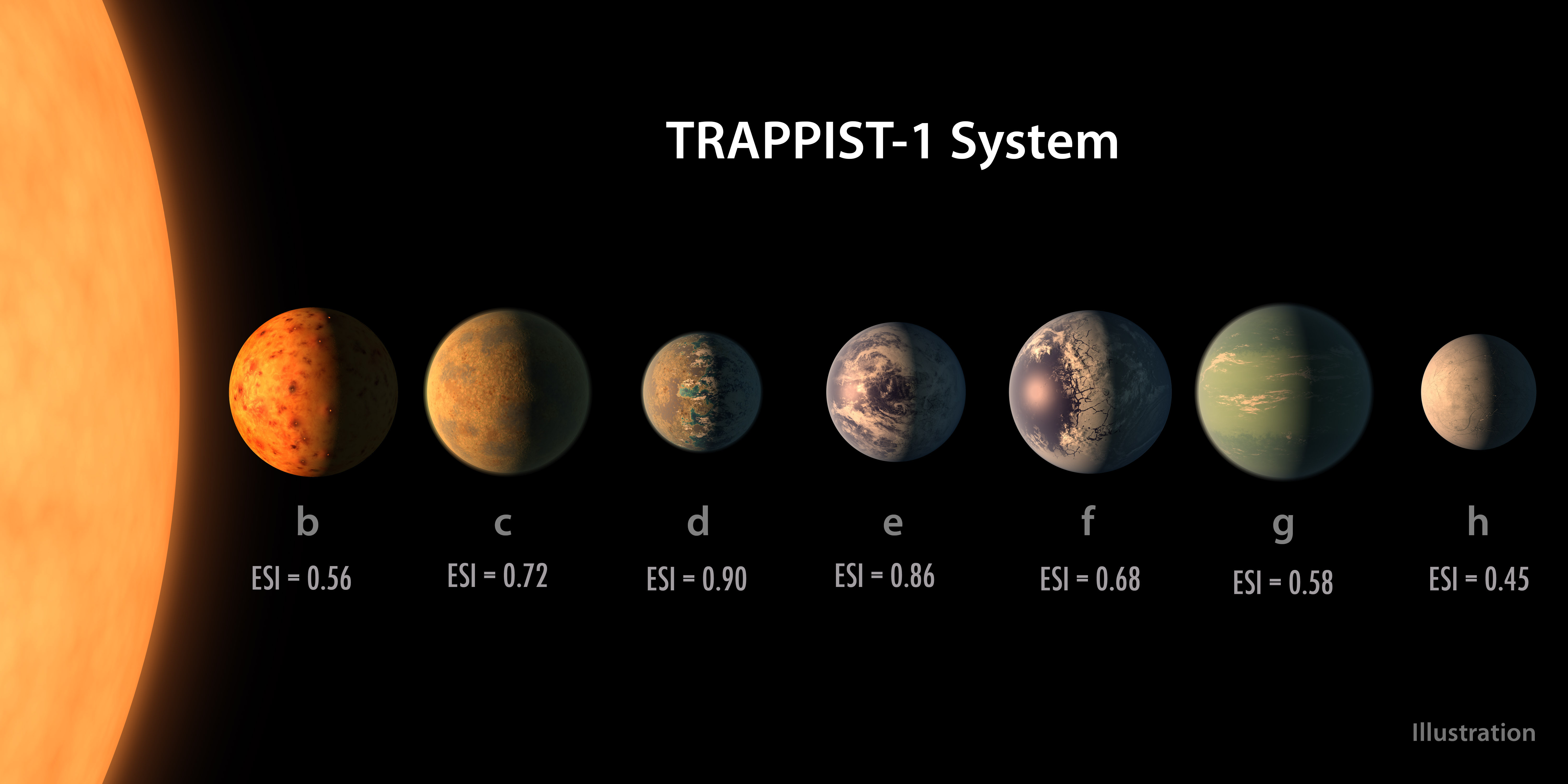
The TRAPPIST1 system The Society
The TRAPPIST-1 system is a hugely popular target for exoplanet research and the best explored planetary system other than our own solar system, according to NASA. Located some 40 light-years.